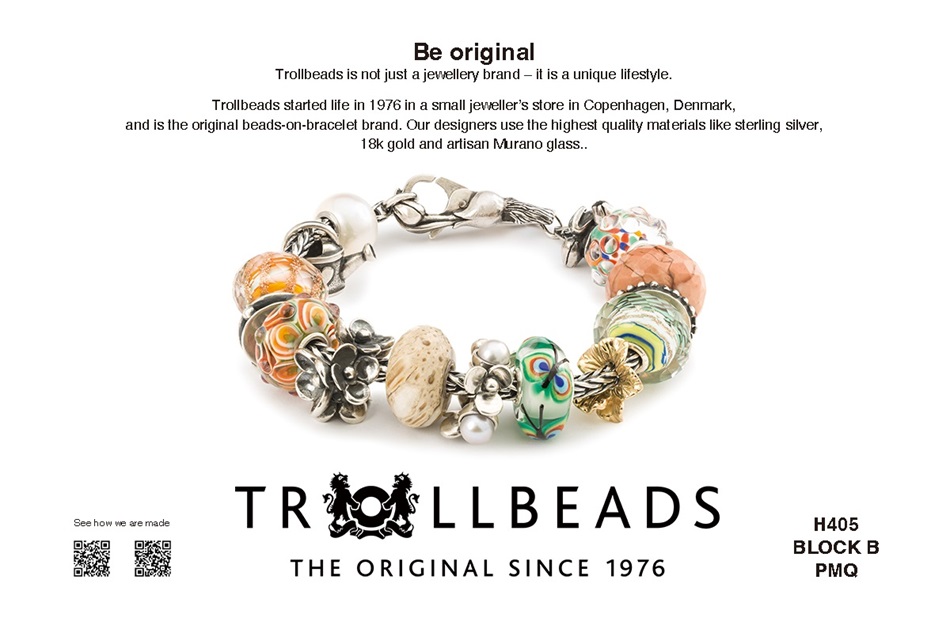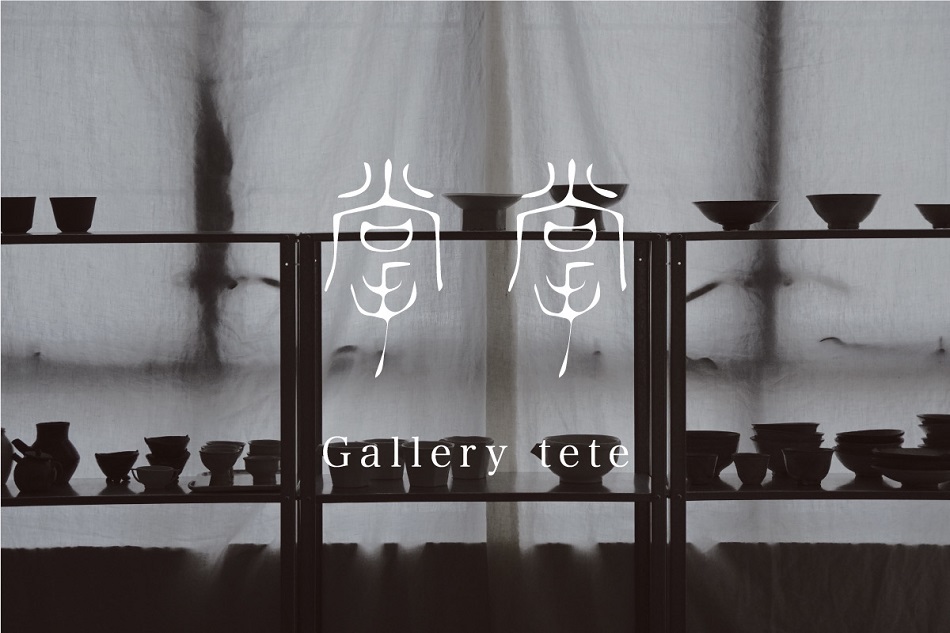Design Feature #28
From Screen to Silkscreen, Web to Weaving:
Why creatives are working with their hands
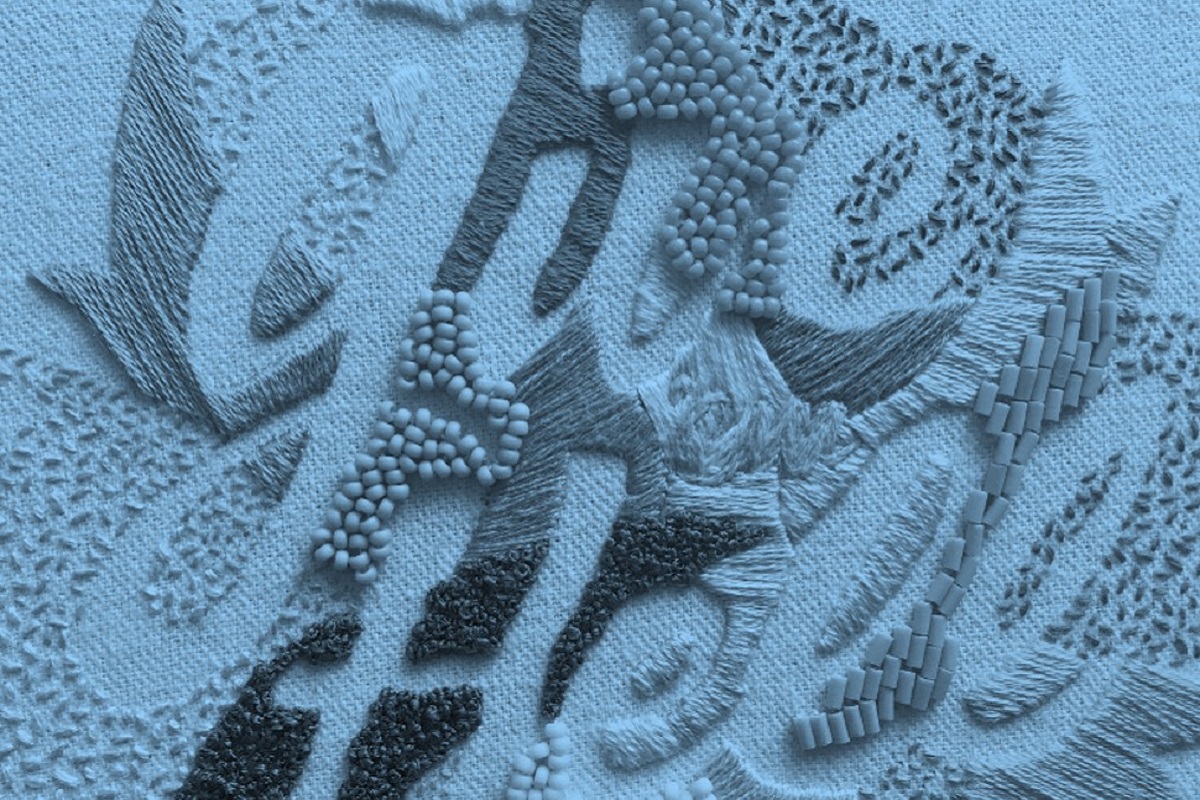
Written by RMM
Images by Valeria Molinari, Mama’s Sauce, Offscreen, Stefan Sagmeister, George Anzaldo, Creative Review, WIRED
Nearly 140 years ago, renaissance man William Morris argued for the revival of handicrafts as a way to transform society. The decorative arts — objects which are both useful and beautiful — was important because it was a way where both maker and user could find joy in the things they create and use.
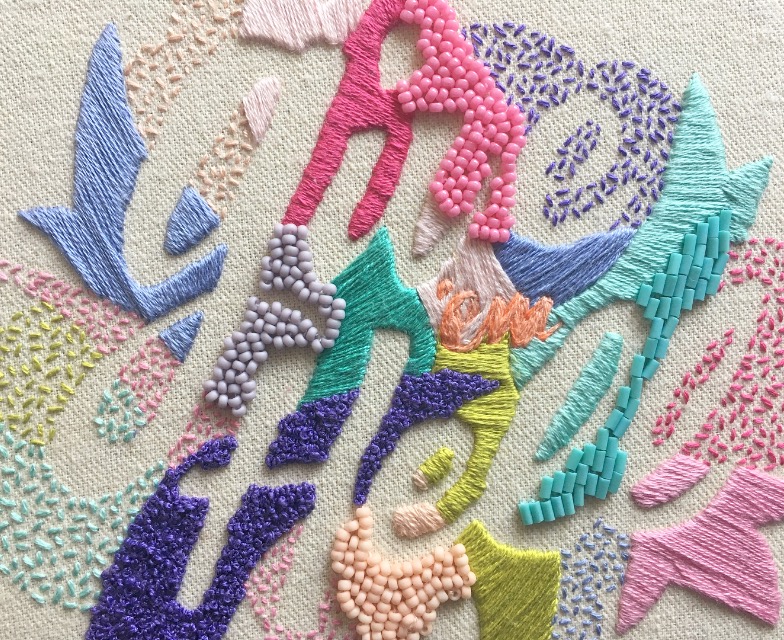
Yet as we move into the 21st century, it seems like our modern lives have been dominated by plastic culture and digitised interactions.
Today, many creatives wrestle with 3D printing, coding, and bridging the digital-physical divide through better screens and interactive devices. However, there are also others who have reached a creative watershed of sorts, and returned to handmade processes. Designers around the world are turning the tables on solely digital works by finding new ways of expressing themselves through the tactile imperfection of the handmade.
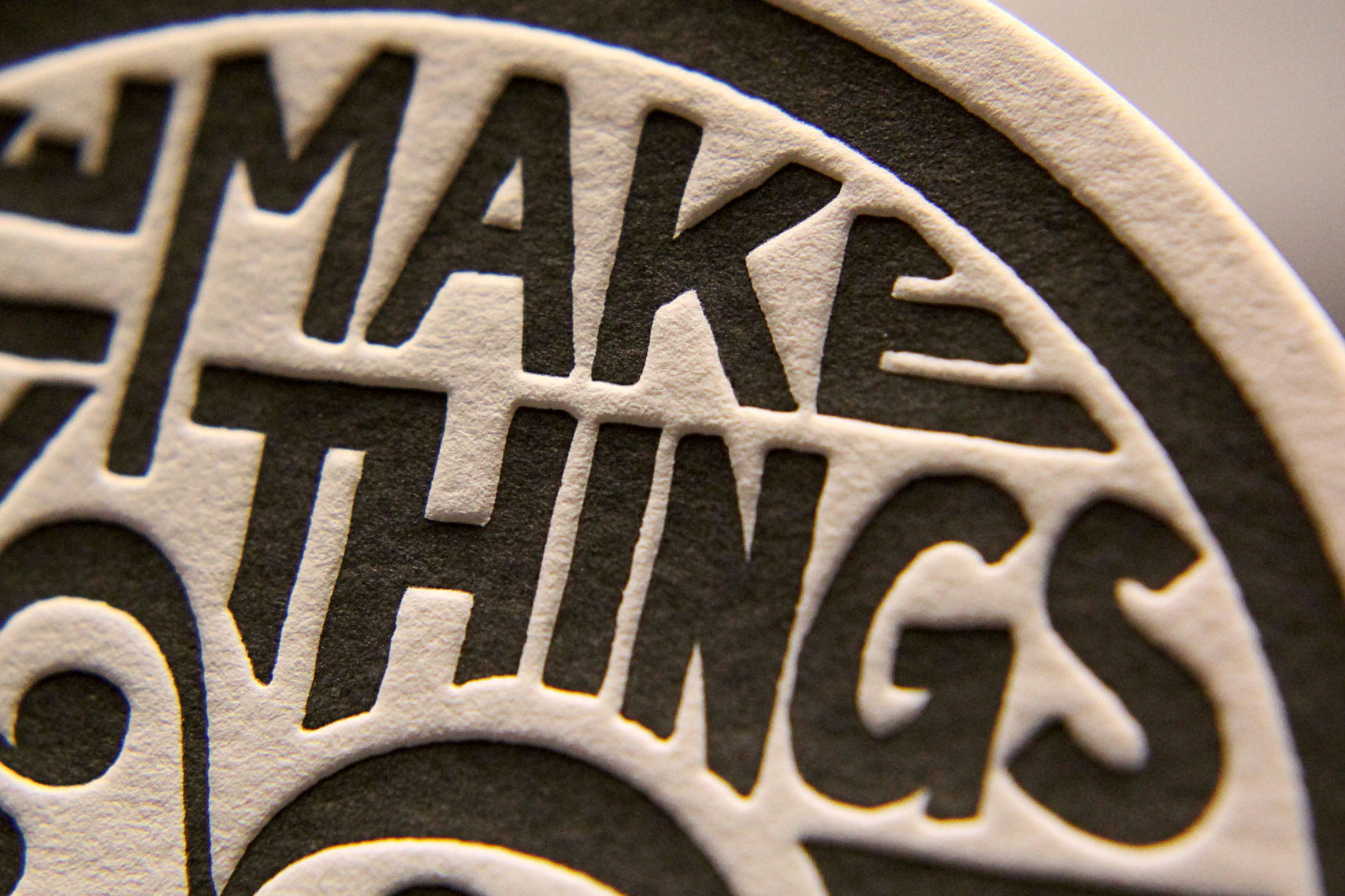
A letterpress coaster. (Credit: Mama’s Sauce)
Previously regarded as fringe activities done for fun and nostalgia, the applied crafts — screenprinting, letterpress machines, papercraft, woodblock prints and etching, embroidery, hand-drawn lettering, ceramics and even weaving — are now experiencing mainstream revivals, appearing in big branding projects. Even the print magazine format which was thought to be fast going out of vogue has been revisited as a canvas for creatives exploring the hitherto untapped design potential of print production.
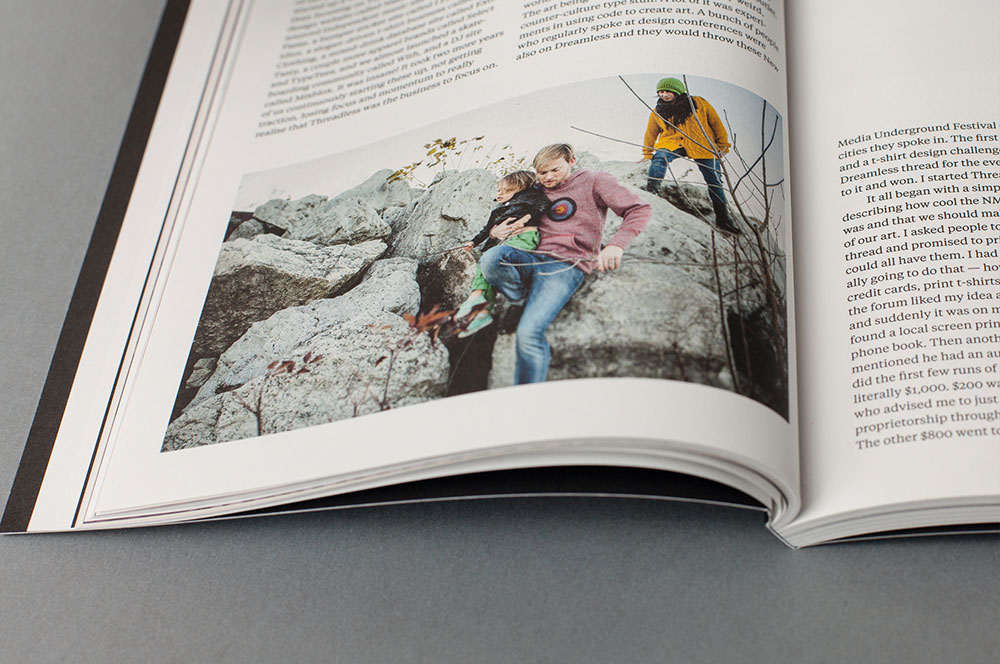
Offscreen magazine (Credit:Offscreen)
Offscreen, a magazine that we’ve featured previously, is an excellent example of this. Originally a web designer, founder and editor Kai Brach turned to the world of print after encountering a disconnect with the fast pace and ephemeral nature of the digital world. As a “print magazine about pixel people”, Offscreen is Brach’s way of giving “abstract products a real face” in an environment which allows readers to step away from an always “on” life. The ability to see and understand things from different perspectives is important. For creatives who mostly create for and on digital screens, a renewed appreciation for the hand-made makes for a fuller understanding of design’s influence in our daily lives, of which much is easily overlooked.

Stefan Sagmeister’s typography. (Credit: Stefan Sagmeister)
Typography master Stefan Sagmeister comes to mind as well. Not one to shy away from tactile and sensorily-rich design, Sagmeister’s belief has always been simple: the human, handmade approach is a much more effective way to communicate. For Sagmeister, things made by hand may be subjective, but they are always natural.
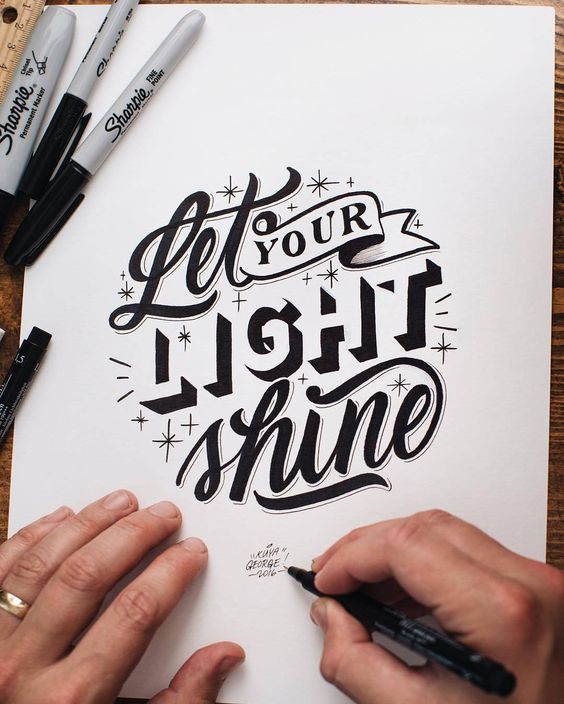
Credit: George Anzaldo
With this in mind, it’s no surprise then, that many designers are turning to hand-lettering and calligraphy. Why rely on fonts that attempt to mimic handwritten shapes when we can simply pick up a pen to write our own words? As a kid (remember those dotted characters we had to trace over again and again?) most of us practiced penmanship. For many lettering artists, their love of the medium springs from the exciting tension of honed technical craft set against the chance imperfections of nib, ink, and paper.
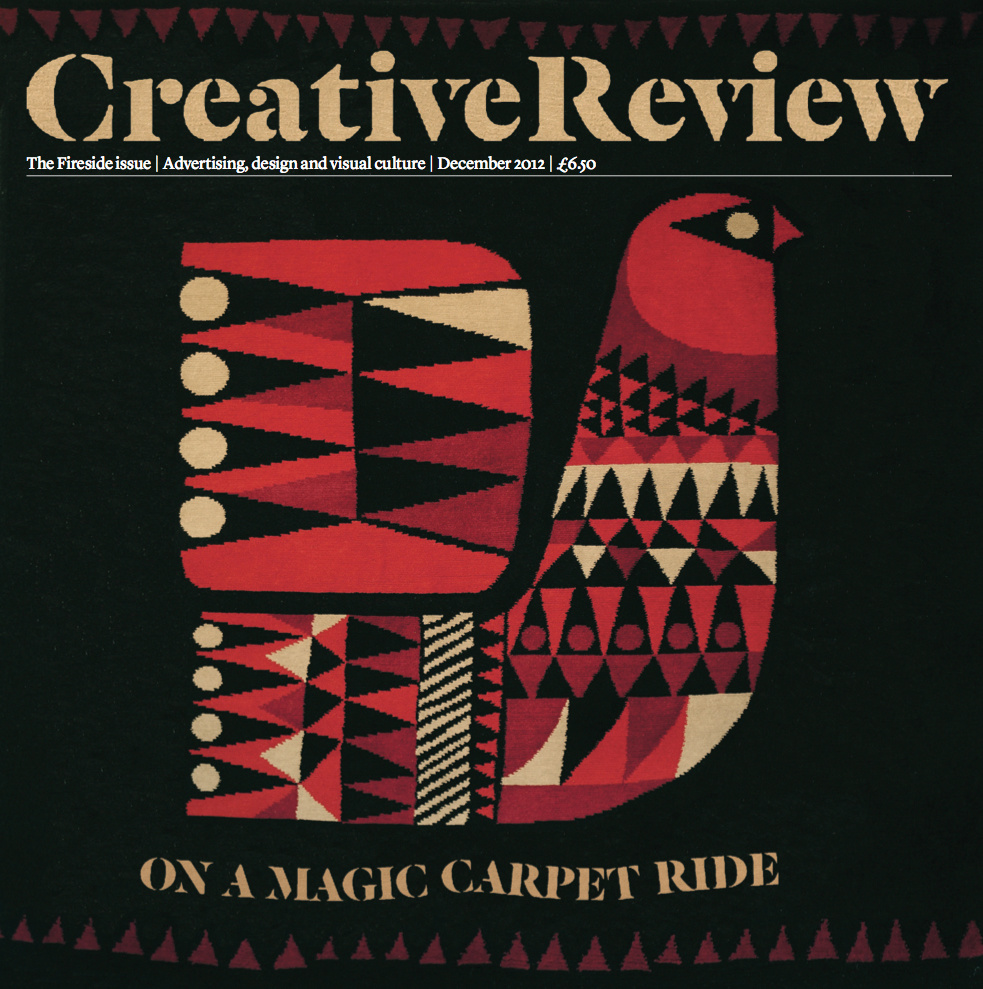
Chris Haughton for Creative Review (Credit: Creative Review)
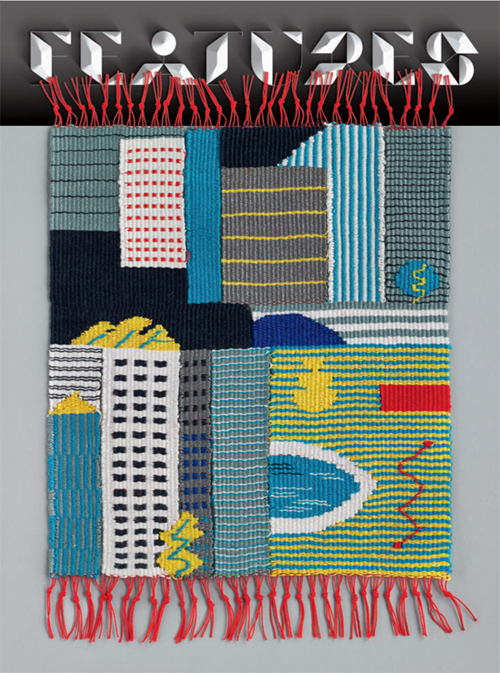
Hannah Waldron for WIRED (Credit:WIRED)
When we revisit the hand-made these days, it is more about redefining creative philosophy and beliefs, rather than a simple pursuit of aesthetics. It is about creating something with their entire body, rather than allowing machines to supplant the process. It is about sewing discipline into our every fibre, hammering craftsmanship into our veins, and seeking alternative forms of innovation. So the next time you feel like you’ve hit a creative block, don’t start surfing Facebook or Pinterest! Why not pick a new craft up? You might just be onto something amazing.

